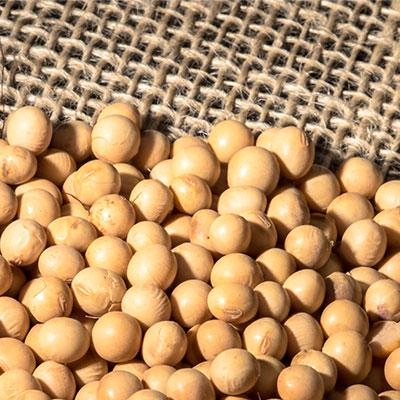The harvest of the new Brazilian soybean crop has already begun. As expected, the states of Mato Grosso and Paraná have already started the harvest where the first crops were sown, still in September 2022. Other states may start the harvest before the end of January. In any case, work must only accelerate in the country from February, mainly in the Midwest and Southeast regions. Crops develop well in most of the country, except for the states of Rio Grande do Sul and Santa Catarina, where low moisture keeps causing problems. Even with the problems in the South, production must confirm a new record. The estimate for January by SAFRAS & Mercado is 153.4 mln tons.
According to research carried out by SAFRAS & Mercado, up to January 20, 1.7% had been reaped from a total sown area of 43.749 mln hectares, equivalent to approximately 737 thousand hectares. In the previous week, there was no data. In the same period of the previous year, the percentage was 5%. The five-year average for the period is 2.7%.
In Paraná, from a total area of 5.75 mln hectares sown, 0.5% were reaped, or the equivalent of approximately 29 thousand hectares. In the previous week, there was no data. In the same period last year, the percentage was 8%, while the five-year average for the period is 4.4%.
In Mato Grosso, from a total sown area of 11.8 mln hectares, 6% were reaped, or approximately 708 thousand hectares. In the previous week, the percentage was 3%. In the same period last year, the percentage was 13%. The five-year average for the period is 6.6%.
The weather forecast maps point to a period of low moisture for the South Region and in the states of Mato Grosso do Sul and São Paulo between January 21 and 27. The other states in the Midwest and Southeast regions, besides the Northeast and North regions, must receive significant volumes of rain in the period, which could prevent the work advance, mainly in Mato Grosso.
In the period between January 28 and February 3, the accumulated figures must be lower in most of the Midwest, Southeast, North, and Northeast regions, but with some excesses in some states. In the South, moisture increases a little, but it must still be of little relevance in Rio Grande do Sul.

